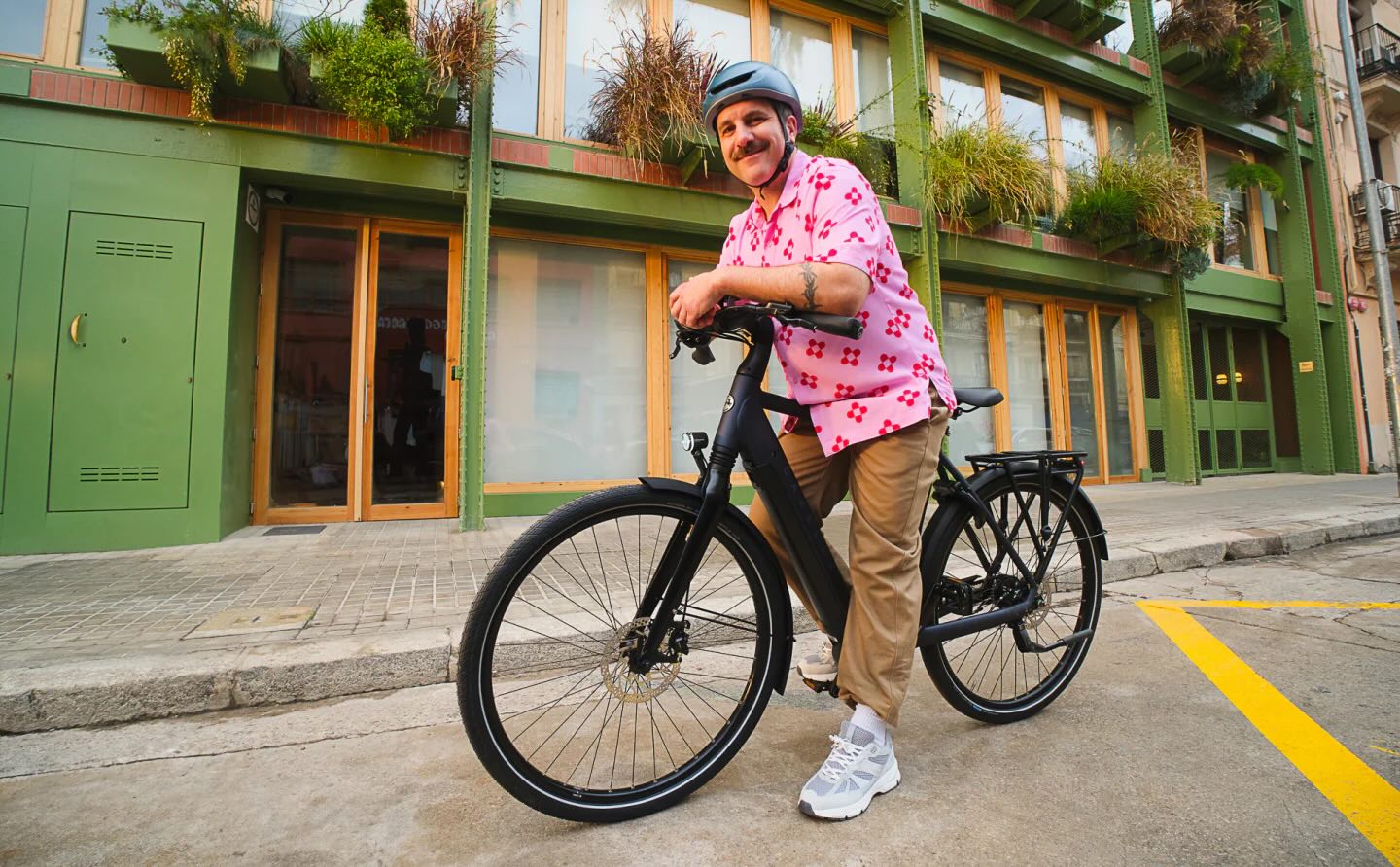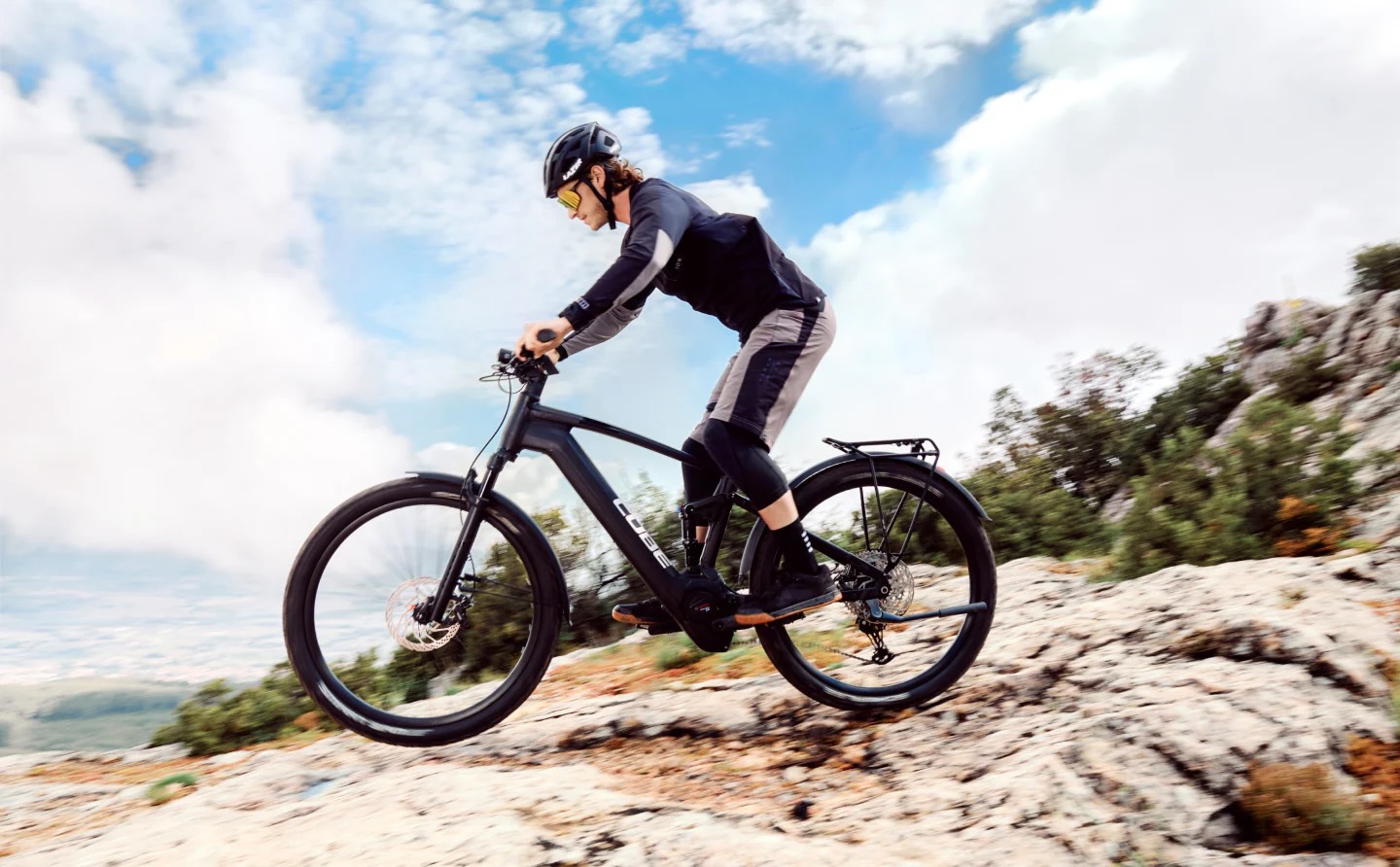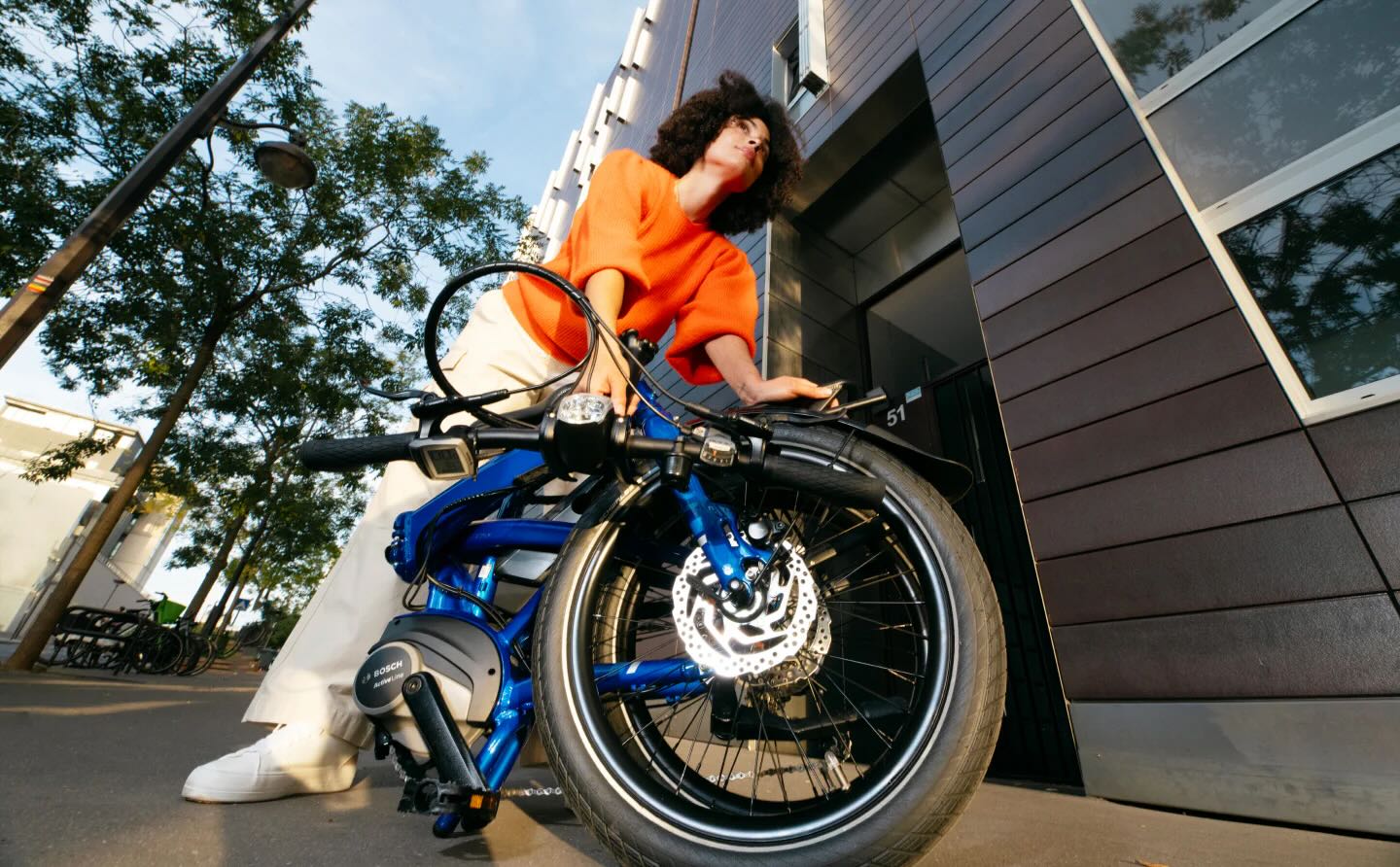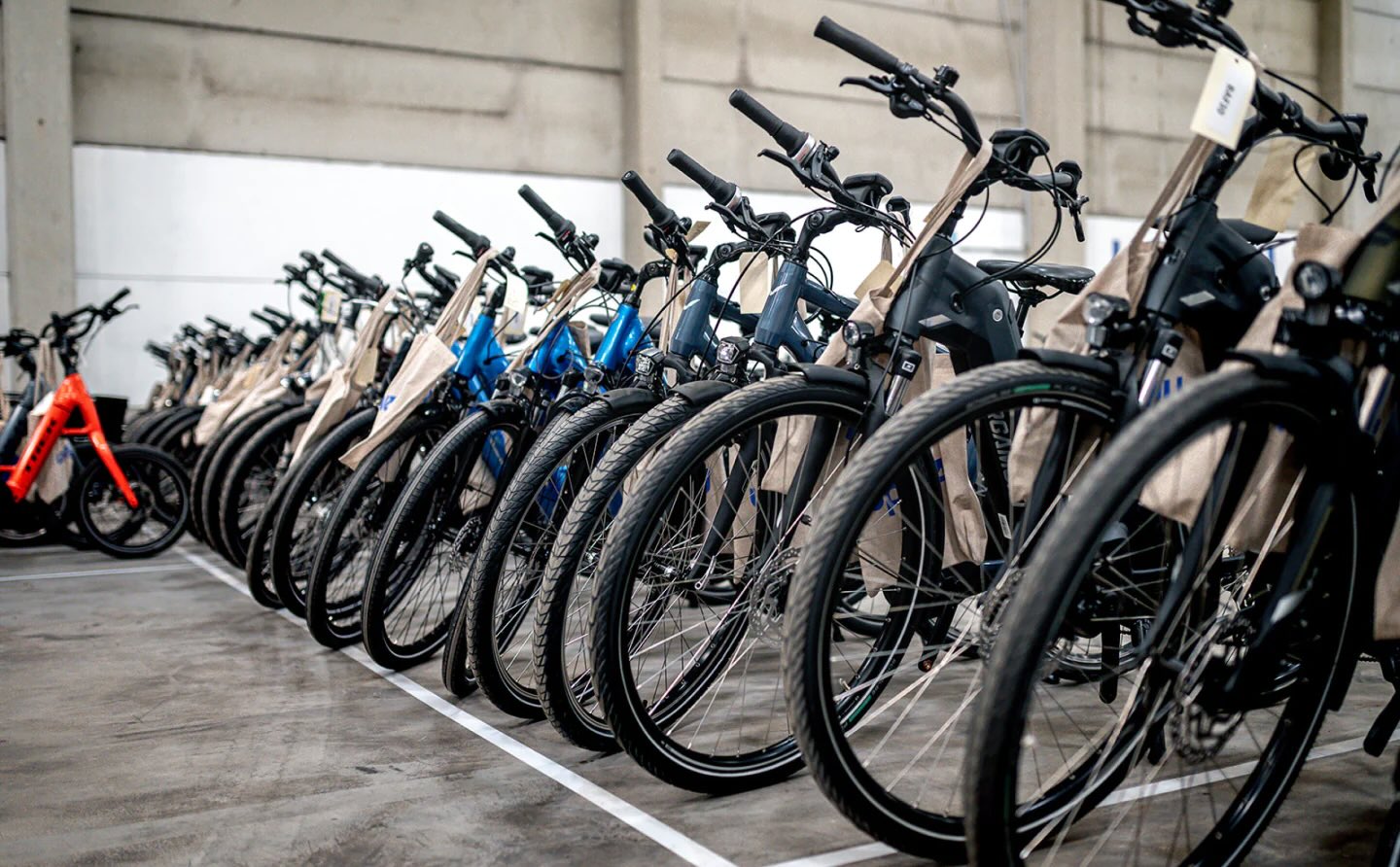The field of science remains male-dominated, with some sectors being more so than others. One such sector is cryosphere science, or the science of the frozen parts of the Earth.
Global efforts have aimed to include more women in the study of glaciers, but a significant gender imbalance persists, especially in Asia, according to an article by State of the Planet posted to Phys.org. Many women are involved in cryosphere science, working on remote sensing and glacier modeling, but they rarely get to perform fieldwork.
Robin Bell, a lecturer at Columbia's Lamont-Doherty Earth Observatory who did cryosphere fieldwork in the 1980s, said: "I've worked on trying to make science open for everybody. Sometimes, we don't think about bringing everyone along, but the understanding is that our science is better with more people at the table."
Bell hopes to include more women in the field are being realized, as one group is attempting to break the "ice ceiling" when it comes to women studying the cryosphere.
Last December, in the Hindu Kush Himalaya region, the first cohort of Women on Ice participated in an all-female cryosphere fieldwork expedition. The Nepal-based nongovernmental organization International Center for Integrated Mountain Development, which focuses on the sustainability and conservation of Asian mountain ranges, launched the Women on Ice initiative.
For its first Women on Ice expedition, the center chose nine women from five countries to travel to the Ponkar Glacier in Nepal.
Save $10,000 on solar panels without even sharing your phone number Want to go solar but not sure who to trust? EnergySage has your back with free and transparent quotes from fully vetted providers that can help you save as much as $10k on installation. To get started, just answer a few questions about your home — no phone number required. Within a day or two, EnergySage will email you the best local options for your needs, and their expert advisers can help you compare quotes and pick a winner. |
Watch now: How bad is a gas stove for your home's indoor air quality?
The Ponkar Glacier (and other glaciers in the region) have been slowly shrinking because of rising temperatures caused by heat-trapping gases in the atmosphere. The Women on Ice team set out to learn about glacial features, determine the impacts of a changing climate, and interview nearby communities.
The expedition divided the nine women into three groups of study: permafrost, glaciers, and economic and social factors.
The economic and social factors group interviewed locals to learn about their needs and how tourism impacted their communities. One participant in this focus group found that local communities desired a road to help keep up with tourist demands for goods; she also eventually recommended to the communities that they create a "code of conduct" between tourists and themselves to encourage sustainability and respect for residents.
The result of this initiative will not only open up the field of cryosphere science to more women, but as the women are coming from different cultures, each will be able to consider the problems encountered from various angles. An influx of new ideas can aid in the global fight for sustainability, leading to a more balanced global environment that offers increased benefits to people everywhere.
TCD Picks » Upway Spotlight
💡Upway makes it easy to find discounts of up to 60% on premium e-bike brands
|
Do you think more places of worship should embrace clean energy?
Click your choice to see results and speak your mind. |
ICIMOD plans to sponsor future all-female expeditions to continue including women in the field of cryosphere science.
One participant in a focus group, Silian Pan, a Ph.D. student at Germany's Leibniz University specializing in Arctic permafrost microbiology, came to realize just how important her research was after seeing up close how a changing climate had impacted the region.
"Now, the glacier lake is gone; the water there is very small," she said, per Phys.org. "The local people … need to walk 30 minutes to get the water for daily use. That's why we study this."
Join our free newsletter for good news and useful tips, and don't miss this cool list of easy ways to help yourself while helping the planet.















